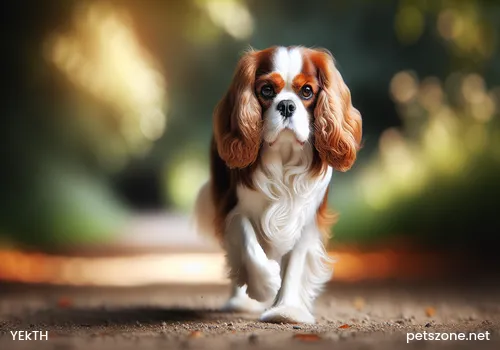Teaching Dogs According to Their Aptitude

The method of differentiated treatment during training is formulated according to the dog's nervous type, main reactions, and the nature of each subject. Differentiated treatment has two implications: first, different methods are adopted according to different types of dogs, that is "according to the dog"; second, different means are used based on the different nature and requirements of the subject, that is "according to the subject."
I. Differentiated treatment methods for different types of dogs
(1) Excitable Type
Training this type of dog mainly involves gradually cultivating and developing its inhibitory processes to adapt to the excitation process. However, when cultivating its inhibitory ability, one must avoid haste and rashness.
For example, when cultivating delayed inhibition ability, the delay time must start from a few seconds initially, then gradually extend, achieving a combination of short and long delays. Before cultivating the dog’s discriminative inhibition ability, its excitability should be appropriately reduced to facilitate ability formation. For example, before training discrimination, allowing the dog sufficient free wandering or performing some basic subjects helps balance the nervous process. This type of dog has a strong food response, so using food as an inducement during the early stage of ability development is very effective for accelerating the formation and consolidation of conditioned reflexes. Additionally, this type can tolerate relatively strong mechanical stimuli, so during basic subject training or correction of some bad behaviors, stronger mechanical stimuli can be used.
(2) Lively Type
Training this type of dog only requires adopting methods corresponding to its main reaction characteristics to achieve good training results. If the training method is improper, it is easy to cause negative associations in the dog.
(3) Quiet Type
Training this type of dog should focus on cultivating its excitability and liveliness. Because this type responds slowly, training often requires more repetition of commands and the use of coercive methods to achieve good effects. However, it is important to avoid giving different commands quickly and consecutively or using conflicting stimulation between excitation and inhibition. For example, if the command "fetch" is just given to make the dog fetch, it is not appropriate to immediately command the dog to stop; otherwise, the dog cannot react immediately and may even become highly nervous. This type of dog forms discriminative inhibition relatively slowly. Therefore, when cultivating the dog’s discriminative inhibition ability, one must not be impatient or hurried. Also, this type can tolerate relatively strong mechanical stimuli, so some coercive measures can be appropriately used during basic subject training. To cultivate the dog’s task excitability, frequent use of the command "good" as a reward or allowing the dog to wander freely during training is very effective. These three nervous types are typical. Additionally, there are many mixed types of dogs. For these, besides referring to the differentiated methods for the above three types, training should be adapted according to the specific situation of the dog.
II. Differentiated treatment methods for different subjects
In training, due to the different nature and requirements of subjects, some subjects are dominated by excitation processes, others by inhibition processes. To adapt the dog’s nervous processes to the nature and requirements of the trained subject, different training means must be adopted according to the subject. For example, when cultivating the dog’s delay ability, the dog must not be overly excited but should be calmed to facilitate ability formation. However, when cultivating abilities such as barking, fetching, or overcoming obstacles, the dog must exhibit a high level of excitability during training. Therefore, appropriate teasing before training is necessary to stimulate the dog’s high excitement towards the trained subject. Moreover, basic subjects can adopt mechanical stimulation and coercive means during training, while specialized subjects, especially discrimination and tracking training, cannot tolerate any coercive methods.

-560x560.webp)

